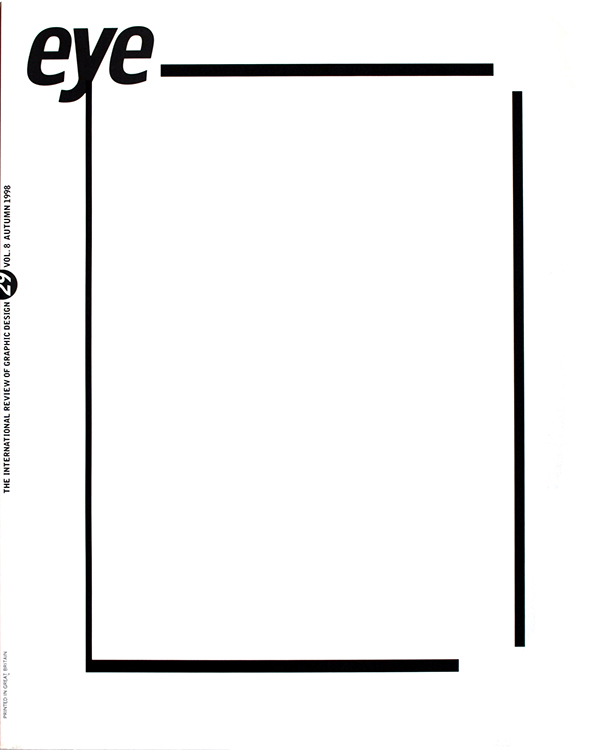Autumn 1998
Commercial Art
Oliviero Toscani's monumental and confrontational art direction and photography has provoked many different critiques and gut reactions as he tries to blur the line between fine art and advertising, an approach he has continuted with Colors and Fabrica. Like a Virgin? (David Bernstein); Benetton’s gospel (Max Bruinsma); Fabrica: Heaven, Hell or Purgatory? (Teal Triggs); Business as usual (Judith Williamson)
The parental warning that momentarily stoped visitors about to enter the central eight-sided domed hall of Maastricht’s Bonnefanten Museum may have come to late. Climbing the stairs to this focus of the building, one saw its contents from afar – through the open doors shimmered the rosy fleshtones of a wide selection of genitals, brightly photographed against a pure white background. The eight walls of the solemn hall were covered floor to domed ceiling with enlarged close-ups of crotches, mail and female, young and old. The hall has the accoustics of a cathedral, and visitors lowered their voices while wandering around, smiling. There was no tagline anywhere in this room – it was not needed. This must have been the apex of Oliviero Toscani’s ambitions, this chapel of the United Colors of Benetton. Here – we were in Holland after all – it was not so much a provocation as a celebration of unity in diversity. Rejoice, ye people of good will!
An exhibition of advertising posters in a serious museum of art may at first have seemed incongruous, but it had the merit of bringing out an often overlooked – or, if acknowledged, ridiculed – aspect of Toscani’s campaigns for Benetton: their religious zeal and their art-historical references. It has been said before that the famous poster with the dying aids victim resembled a classic Deposition or Lamentation (with the father as mourning disciple and the two women the Virgin Mary and Mary Magdalene). Other posters look like votive paintings or scenes from a Saint’s life. If Toscani maintains that ‘images are the new reality’, then this reality has deep roots in two millennia of Christian iconography.
Eye is the world’s most beautiful and collectable graphic design journal, published for professional designers, students and anyone interested in critical, informed writing about graphic design and visual culture. It is available from all good design bookshops and online at the Eye shop, where you can buy subscriptions and single issues.

